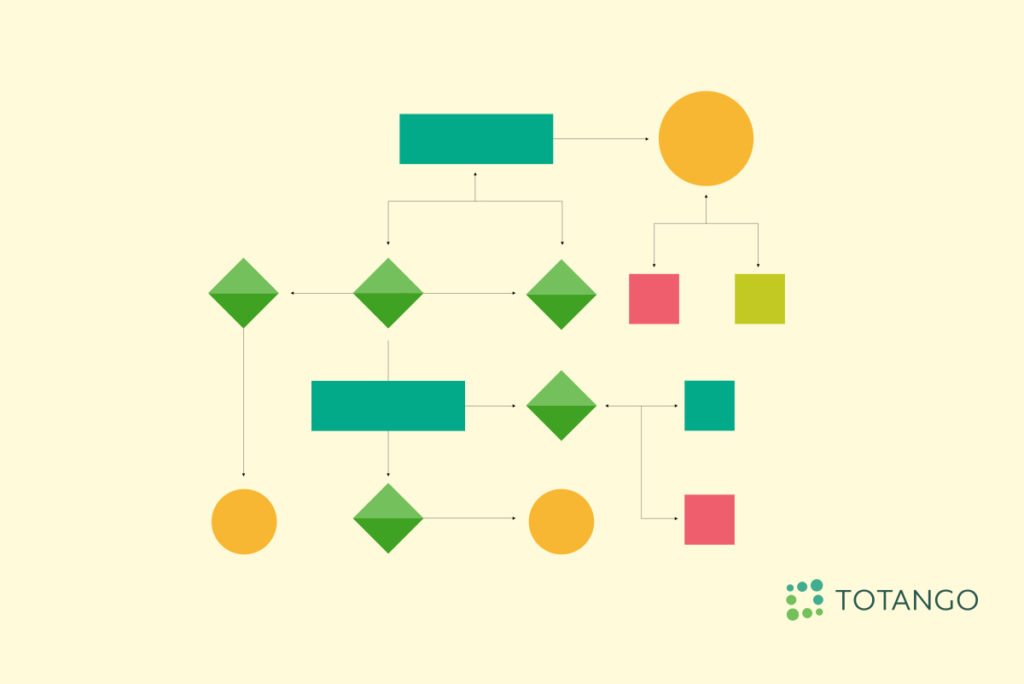In today’s digital landscape, the constant evolution of technology continually changes the way we communicate and do business with each other. This especially extends to the world of customer success and retention. With many customer success teams responsible for dozens or hundreds of accounts, automation has become an important tool to not only provide great customer experiences and solutions to problems, but to scale customer success and increase value as well.
How are today’s CS platforms providing this customer success at scale? Approaches such as an early warning system, automated communication, and Dynamic Assignment are the keys to success. Read on for a breakdown of these concepts and how they can benefit your CS department.
1. Early Warning System
An early warning system uses sensors, event detection, decision support, and customer engagement to let your team know what is going on with clients. It is crucial that CS teams are alerted in a timely manner to changes in key customer insights such as increases or decreases in usage frequency, customer health scores, number of active users, record of escalation/support tickets, NPS, and more. An early warning system can trigger effective next steps, whether that is a personal task for the CSM to follow-up about an upsell opportunity or an automated campaign that will work to re-engage customers in poor health. Once CS teams are alerted, CSMs can more easily engage customers with personalized, context-based touchpoints that meet, and even anticipate, their needs. As a result, engagement moves from a reactive position to a proactive one, allowing CS teams to engage at scale and add value by spotting red flags in advance for swift resolution or allowing the CSM to engage the customer about an upsell.
These strong forms of engagement can increase customer lifetime value at every stage of the customer’s journey and drive clients toward advocacy. With the use of automated communication as outlined below, much of this engagement can be accomplished with less human intervention than before.
2. Automated Communication
Automated messages have long been used in CS campaigns as a simple and effective way to maintain communication across an entire customer base. Now, as CS platforms become more advanced, with increasingly strong analytics capabilities, automated messaging is able to become more personalized for a better user experience and offer greater value to the customer at the right time in their journey.
By leveraging customer segmentation, digital communication can do the following:
- Greet new users and provide them with the resources needed to use your product or a specific feature
- Send follow-ups that encourage key actions and trainings
- Maintain engagement by sending specific offers that align with behavior patterns
- Kick start the renewal process early
- Coordinate time with a CSM to do more personalized trainings or share times for public weekly training sessions
- Close the loop on NPS by following up with an appropriate next step such as meeting with a CSM to review an issue or asking them to leave a review on 3rd party sites.
Far from feeling robotic, these messages are designed to fit the needs of users, sometimes even before they realize they need assistance. Since automated communication can take over regular messages, it frees up time for CSMs to focus on high impact projects. Hospitality platform SevenRooms turned to a more automated, tech-touch model to help them launch a new feature, online ordering for restaurants. The recent pandemic forced them to re-analyze where they were spending precious time and where they could alleviate some work.
3. Dynamic Assignment
Dynamic Assignment is a product innovation that allows companies to quickly match customers with the experts that best fit their needs. Dynamic Assignment can be customized to automatically pair each customer with an employee based on factors (or a combination of factors) such as compatible time zone, language, industry experience, availability, specific certifications, and more. This feature goes beyond just matching customers—it also allows you to do more with less dedicated resources.
This type of pairing enables a more personalized customer experience that leads to increased product adoption over time. It is cost-effective as well, as the feature scales back the need for designated resources. With Dynamic Assignment, digital resources and human power are aligned in a timely, reliable manner that benefits both staff and users.
Customer Success at Scale Is Possible with CS Automation
For enterprises looking to serve the needs of their customers and create value in the most efficient way possible, a customer success platform that offers automation enables incredible possibilities. While an early warning system can alert you to customer issues, automated communication features allow you to address these issues—maximizing your time on high-impact projects and reducing the time spent on repeatable tasks. An early warning system can also alert you to positive customer engagement, identifying opportunities to drive growth. At a time like this, saving money and time is necessary for companies. Leveraging the resources you already have with CS automation is the best way to make this possible.
In these challenging times, you can’t afford to buy before you try. Get started for free today. Totango’s customer success platform enables a comprehensive understanding of your customer base, allowing you to build customer success at scale.

